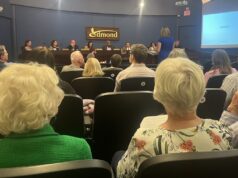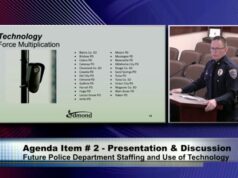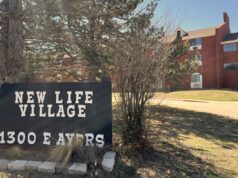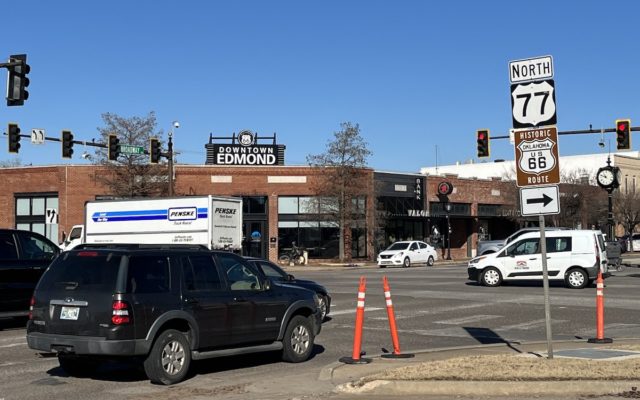

Edmond officials are in preliminary discussions with Oklahoma Department of Transportation staff on transitioning portions of U.S. Route 66 and U.S. Route 77 to arterial city roads.
East 2nd Street and South Broadway, while two of the busiest streets in Edmond, are technically state highways Route 66 and Route 77, respectively.
“The discussion we have with ODOT is, ‘is there a future where they do a full reconstruct of (Route) 77 and 66 to our standard and once they do that we’ll take it on as a city street, which means that alleviates them from ongoing (operations and maintenance) costs, but we get a street that’s more conducive to economic development,'” Edmond City Manager Scot Rigby said.
Due to the state’s jurisdiction over those roads, there are added bureaucratic steps and decisions that must be made prior to any changes to those routes. The transfer of those highways to arterial roads would give the city more streamlined control over those routes, said Montie Smith, ODOT’s administrator of legislative affairs.
“When you start dealing with the state, and then you get some federal involved too, there’s always extra added layers of scrutiny, and what you have to do and the steps you have to take to make any changes,” Smith said.
Rigby: ‘That’s probably, say, five, 10 years out’
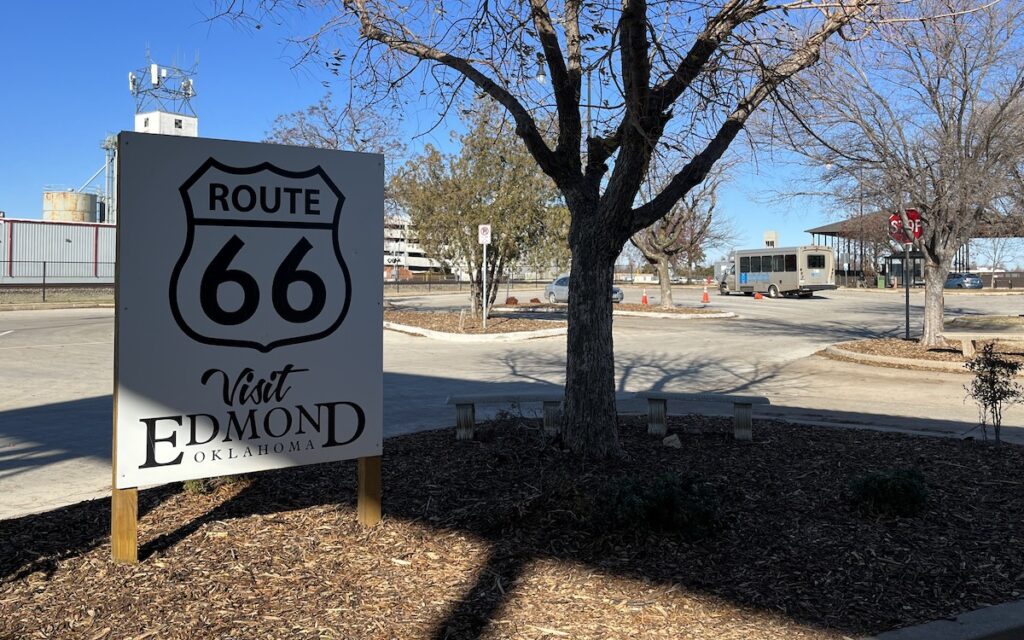
Thus far, two meetings have been held between the parties regarding the transfer of those state highways to city streets. Following the transfer, Edmond would operate and maintain those roads.
“It’s a conversation that’s taking place and it’s very preliminary. Right now, it’s more of an understanding that the highway acts more like a city street than a highway now,” said Brian Taylor, ODOT’s chief engineer. “What interest is there on our part and what interest is there on their part for that to become a city street? And if that’s the case and both parties want to move forward, how do we best accomplish that?”
While Taylor said no official offers have been made yet, Rigby said transitioning Route 66 and Route 77 to city streets would benefit the city and the state.
“The offer we have is some up front cash, then [ODOT] gets out of long term [operations and maintenance],” Rigby said. “They’ve got a whole state to deal with [for operations and maintenance.] We take on eight miles or whatever the frontage is, get it to our design standards and our development standards and become a much more functional community.”
If both parties are eventually able come to an agreement and move forward with the transition, Taylor said there is a state statute which requires ODOT to “turn it over in a state of good repair.”
“Now, what that is, and what the city would be willing to accept — it’s very preliminary,” Taylor said. “They’re wanting to know what the possibilities are, and we’re trying to understand that.”
A resurfacing project was recently awarded at ODOT’s November transportation commission meeting for Fiscal Year 2023 on Route 66 and Route 77 — East 2nd Street and South Broadway — in Edmond. The project, awarded at a bid just under $8.6 million, is slated to resurface U.S. Route 77 starting from 0.62 miles north of Memorial Road up to East 2nd Street, then east on East 2nd Street to North Sooner Road.
Taylor said the project — which is expected to begin early next year and be completed by fall of 2023 — is unrelated to the city’s negotiations with ODOT. But he said the resurfacing project provides an idea as to when negotiations could become more advanced.
“Typically, our surfaces lasts between seven and 15 years,” Taylor said. “So there’s a lot of time in between the next time work needs to be done to have a plan going forward.”
While the repair of those highways is an important step, Rigby said city and state officials will have to work together to fund the transfer properly.
“The repavement is the interim step. It gets us five or six years of a smoother road, but it’s a longer term effort where we’ll have to work with ODOT and eventually the state to figure out funding to do that full reconstruction of the street design. But they’ve been open to it. We want to work together on it,” Rigby said. “There might be an up front capital cost, but we know the bigger cost is long term (operations and maintenance). But if it’s a street that’s more designed to what our needs are and our citizens need, then that’s something we can get behind.”
If both parties were to come to an agreement on a transfer, Rigby said it could take a decade to fully transition portions of Route 66 and Route 77 to arterial roads.
“That’s probably, say, five, 10 years out, because you’ve got to line up funding then you’ve got to design,” Rigby said. “So we’re going to get through the interim place where we’ll improve from its current state to a better drivable situation, but it is going to take some effort, and we have to identify funding.”
(Editor’s note: The headline of this article was updated for clarity at 8:10 a.m. Monday, Dec. 19.)









